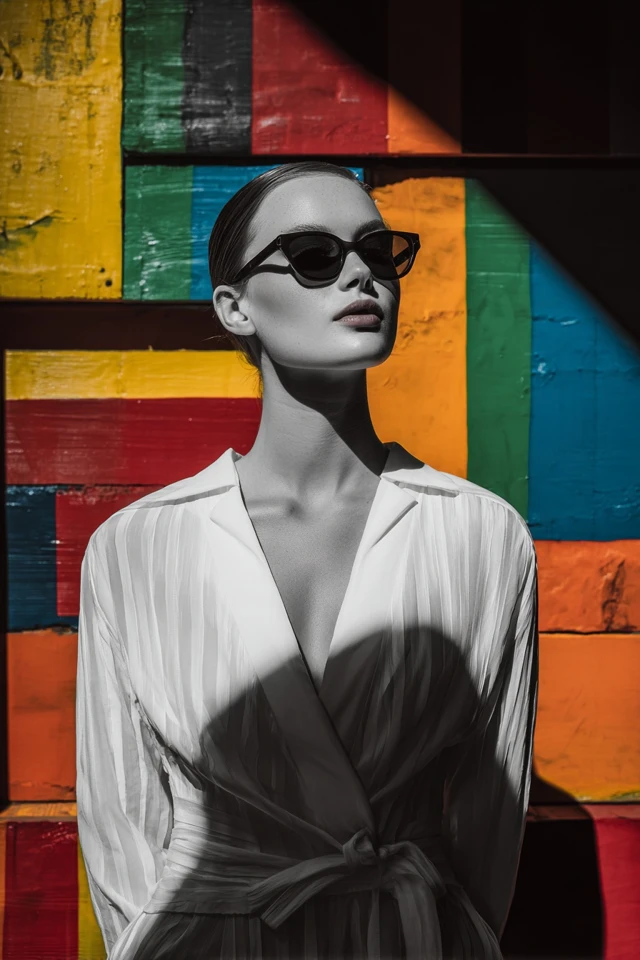Introduction
I still remember the first time I discovered the transformative power of a carefully curated monochrome wardrobe. It was during a chilly autumn afternoon, standing in front of my closet, trying to choose an outfit that felt both timeless and fully “me.” The muted shades of vintage creams, soft greys, and deep charcoals whispered a quiet confidence, far more potent than any loud pattern or bright hue I had worn before. That moment sparked a deeper exploration—a desire to understand why these neutral tones resonate so profoundly and how they can elevate style while boosting self-assurance.
Vintage monochrome neutrals are more than just a palette; they are a gateway to dressing with intention, sophistication, and versatility. In a fast-paced fashion world often obsessed with fleeting trends, these subtle shades offer a kind of sartorial permanence that feels emotionally grounding. They help women build wardrobes that communicate elegance without shouting for attention, allowing personal style and personality to shine through.
About the Author and My Trend Boutique
This post delves into the art and science of vintage monochrome neutrals. As a fashion expert with advanced degrees in design and color psychology, I will guide you through foundational concepts, the emotional impact of colors, and practical styling advice—helping you craft a wardrobe that not only suits your lifestyle but also influences how you are perceived and how you feel inside. Whether you are just starting to explore the beauty of neutrals or looking to refine your existing collection, these wardrobe essentials will inspire, empower, and cultivate your unique style.
Foundational Concepts
To truly appreciate vintage monochrome neutrals, it helps to understand several fundamental concepts at play. Chief among them is color psychology, the study of how hues influence human behavior, mood, and perception. Research consistently shows that colors like black, white, beige, and grey evoke feelings ranging from calmness to authority—depending on context and individual associations.
For example, black is often linked with power, elegance, and sophistication, which is why it remains a staple for formalwear. In contrast, whites and creams often convey purity, simplicity, and freshness. The various shades of grey sit in between, representing balance, neutrality, and thoughtfulness. When chosen thoughtfully, these muted tones can support a confident, approachable image, shaping how others see you before you even speak.
Trend forecasting is another key idea intertwined with vintage and monochrome styles. While fashion often cycles through bold prints and vibrant palettes, neutrals maintain an evergreen quality that transcends seasonal changes. Vintage pieces, in particular, hold nostalgic value and craftsmanship stories, offering a sustainable fashion choice aligned with current movements toward mindful consumption.
Finally, dressing to impress is not about impressing others through extravagance but about creating a look that enhances your natural attributes and makes you feel poised and ready. Monochrome neutrals offer a subtle canvas upon which personality and posture can flourish. In my professional experience, clients who gravitate toward these hues tend to develop a deeper connection with their clothing, cultivating a style that feels intentional, polished, and uniquely their own.
Picture Gallery
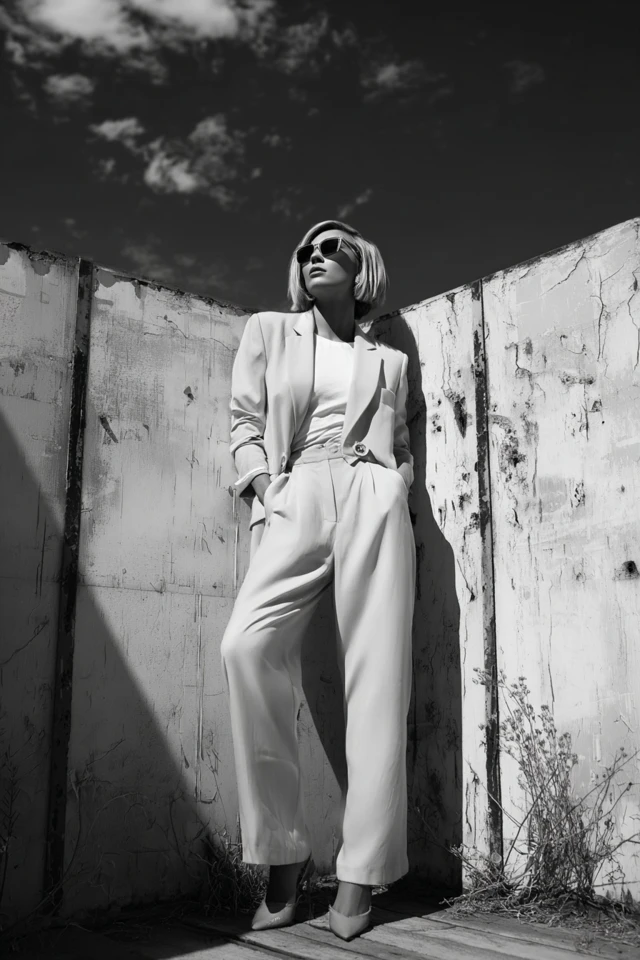
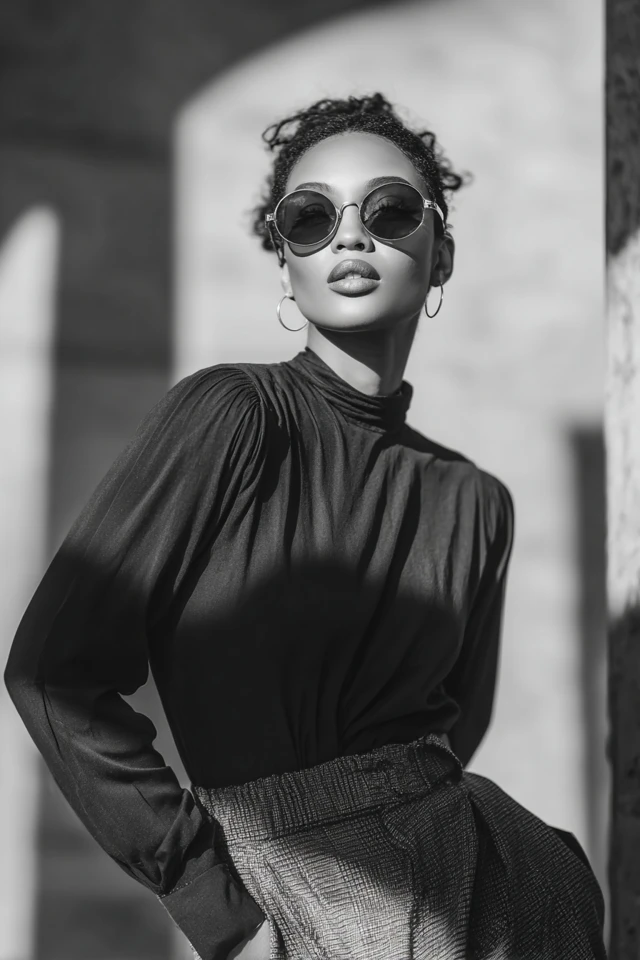
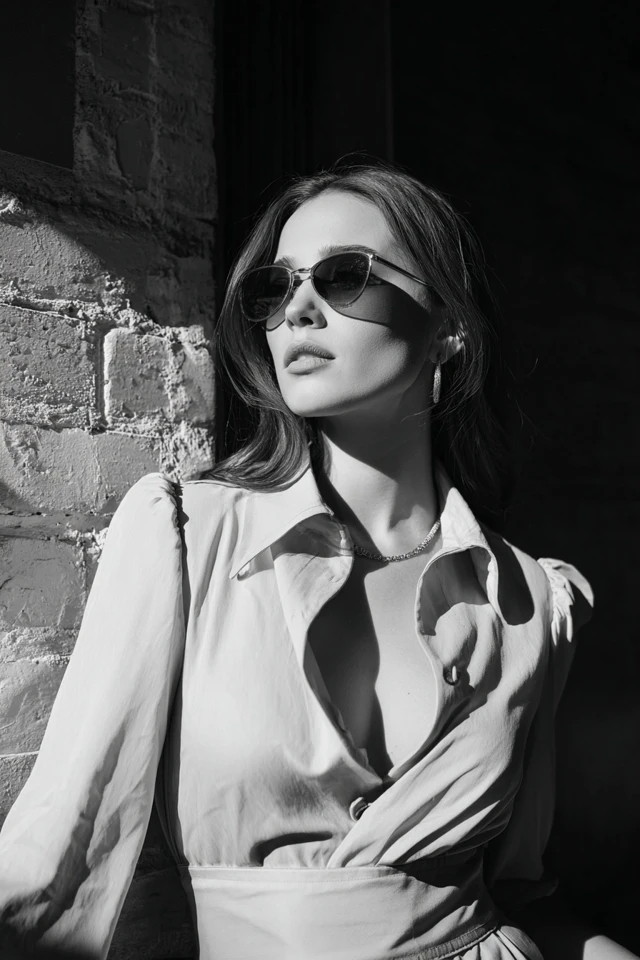
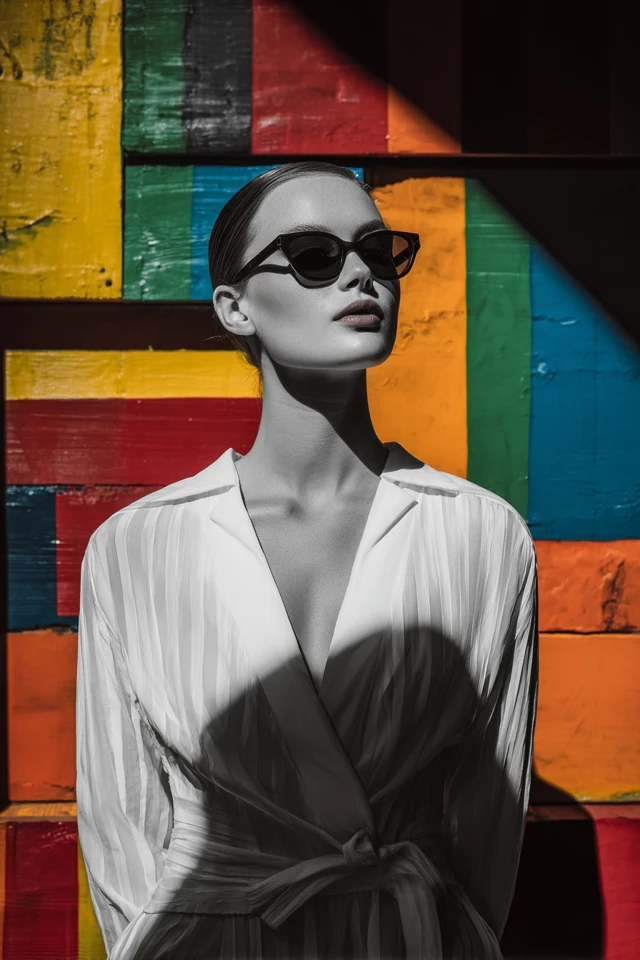
Color Psychology & Emotional Impact
Colors wield a subtle yet profound influence on both emotions and social interactions. When selecting wardrobe colors rooted in vintage monochrome neutrals, it’s essential to understand their psychological effects and how they impact first impressions—a key moment for any fashion statement.
Black often communicates sophistication and authority. Studies indicate that wearing black can increase perceptions of confidence and competence, making it the go-to color for many professional and formal settings. However, too much black without textural contrast can feel intimidating or overly severe, so combining different neutrals softens the effect while maintaining elegance.
White and off-white tones inspire feelings of clarity and approachability. They suggest cleanliness and openness, traits that color psychology associates with trust and sincerity. Wearing these shades can subtly invite connection and friendliness, useful in social or collaborative environments.
Grey, the quintessential neutral, plays a balancing act by blending the qualities of black and white. Ranging from light silver to deep charcoal, grey evokes neutrality and calm. Psychological research shows that grey tones can help ground emotions, making them excellent choices when you need to focus or convey reliability without overpowering your presence.
Understanding this emotional spectrum empowers your wardrobe choices beyond mere aesthetics. Wearing colors aligned with how you want to feel—and how you wish others to perceive you—can boost your confidence and authenticity. Imagine walking into a room where your outfit silently but clearly affirms your poise and professionalism; that’s the power of vintage monochrome neutrals.
Personal Style & Body Type Considerations
While color is critical, personal style flourishes when matched with the right silhouettes and fabrics that compliment your body shape and complexion. Vintage monochrome neutrals are incredibly versatile and can be tailored to fit, flatter, and celebrate every body type.
Silhouettes: For pear-shaped bodies, A-line skirts and dresses in soft neutrals create a balanced, elegant look. Hourglass figures shine in tailored, cinched waists and structured blazers that emphasize curves. Rectangular shapes benefit from layering different textures to add depth, while apple body types can use draped fabrics and monochrome layers to elongate the torso.
Fabrics: Natural materials like wool, silk, linen, and cotton in neutral tones enhance the vintage aesthetic and offer breathable comfort. Heavier fabrics such as tweed or cashmere can add warmth and a sense of luxury.
Complexions: Cooler skin tones pair beautifully with greys, charcoal, and crisp whites, while warmer complexions come alive in cream, caramel, and taupe shades. Undertones can be tricky but experimenting with swatches against your skin helps determine flattering options.
Personal Style & Body Type Checklist
- Identify your body shape: pear, hourglass, rectangular, apple, or inverted triangle
- Choose silhouettes that enhance your natural proportions (e.g., A-line skirts for pear, tailored waists for hourglass)
- Select fabric textures that complement your style and seasonality
- Test neutral shades against your skin tone to find your most flattering hues
- Incorporate layering to add dimension and interest without overwhelming your frame
Current Trends & Timeless Classics
Fashion cycles quickly, yet monochrome neutrals maintain continual relevance, often being the ground on which new trends build. In today’s style landscape, we see a resurgence of vintage-inspired tailoring and relaxed elegance, with designers revisiting mid-century silhouettes and muted color palettes.
Certain shades, such as warm beige and soft mushroom grey, are trending strongly due to their natural, earthy vibes that sync with sustainable and slow-fashion movements. Oversized blazers, high-waisted trousers, and minimalist knitwear in monochrome neutrals are must-have pieces this season.
Meanwhile, timeless classics like the little black dress, camel trench coat, ivory silk blouse, and grey cashmere sweater remain wardrobe anchors providing endless styling opportunities.
The secret to mastering current trends with vintage neutrals is blending contemporary cuts or accessories with these foundational pieces. For example, pairing a boxy, modern blazer in soft beige with a vintage pencil skirt in charcoal creates an effortless mix of new and old. This layering approach not only keeps your wardrobe fresh but highlights your fashion literacy and adaptability.
Practical Tips & Recommendations
Building a vintage monochrome neutrals wardrobe doesn’t happen overnight. Here are actionable steps and sustainable strategies I’ve refined through years of styling clients and curating my own closet:
- Start with quality basics: Invest in well-made pieces like white button-downs, black tailored pants, and camel sweaters. They form the backbone of your collection.
- Shop vintage & thrift: Hunt for authentic mid-century pieces that add uniqueness and history to your wardrobe. Look for natural fibers and solid tailoring.
- Layer creatively: Use scarves, belts, and textured outerwear in monochrome shades to add dimension. For example, a cream cashmere scarf over a charcoal coat creates soft contrast.
- Care for your garments: Follow fabric-specific care instructions to maintain texture and color longevity. Proper washing, steaming, or dry cleaning prolongs life and appearance.
- Experiment with color combos: Though monochrome suggests simplicity, mixing different shades of beige, off-white, grey, and black builds a sophisticated palette. Try pairing a light taupe blouse with dark charcoal trousers for a rich visual interplay.
- Accessories matter: Incorporate minimalist jewelry, leather belts, and streamlined handbags in neutral tones. These add polish without cluttering.
- Monitor your wardrobe evolution: Seasonal reviews help you retire or refresh pieces based on fit, condition, and relevance.
Consider creating a color swatch board for your preferred neutrals to guide future purchases and ensure harmony.
FAQs
- Q1: How do I find my signature neutral color?
- A1: Start by testing different shades against your skin in natural light. Notice which colors make your complexion glow and your eyes sparkle. Personal comfort and confidence ultimately determine your signature.
- Q2: Can vintage monochrome neutrals work for a limited budget?
- A2: Absolutely. Thrift shops and online marketplaces offer affordable vintage finds. Prioritize classic pieces that withstand trends, and gradually build your collection over time.
- Q3: How can I update my capsule wardrobe with neutrals?
- A3: Add layers in different textures and subtle shades within the neutral palette. Swapping out accessories or investing in a statement blazer can refresh your look seasonally.
- Q4: Are monochrome neutrals suitable for all seasons?
- A4: Yes. Lighter neutrals like cream and beige are ideal for warm weather, while charcoal and black serve well in cooler months. Fabrics play a key role in seasonal comfort.
- Q5: How do I avoid looking washed out in pale neutrals?
- A5: Incorporate contrasting textures like knitwear or leather and add subtle makeup or accessories that bring warmth to your face.
Conclusion
The journey through vintage monochrome neutrals reveals how subtle colors and thoughtful styling can profoundly influence both personal confidence and social perception. By anchoring your wardrobe in these enduring shades, you create a canvas for self-expression that is as sophisticated as it is approachable. From understanding color psychology to practical wardrobe tips, embracing these essentials empowers you to dress with intention and joy.
Remember, style is a personal narrative—one that evolves with you. Don’t hesitate to experiment with layering textures, mixing shades, and incorporating timeless classics alongside modern trends. Your wardrobe is your story, and vintage monochrome neutrals offer the perfect language.
Feel inspired to share your experiences, ask questions, or suggest your favorite neutral finds in the comments below. Join our community to stay updated on fresh style insights, and subscribe for more in-depth guides on fashion, color psychology, and dressing to impress.

